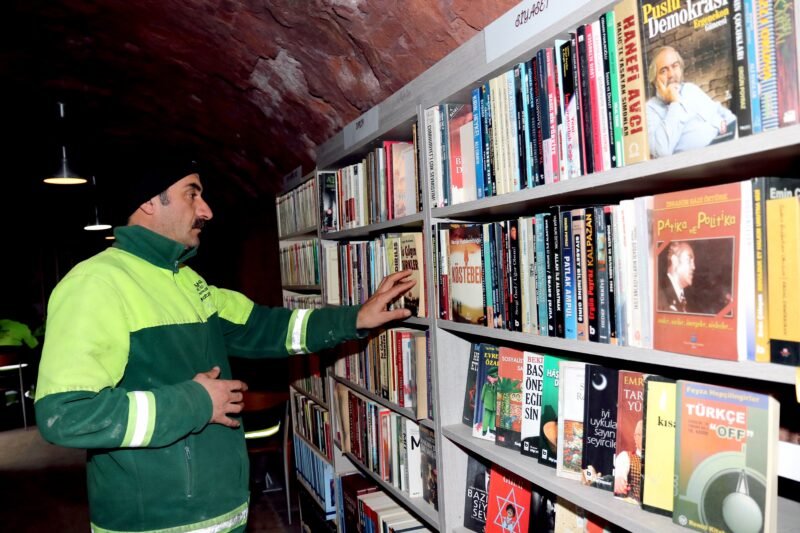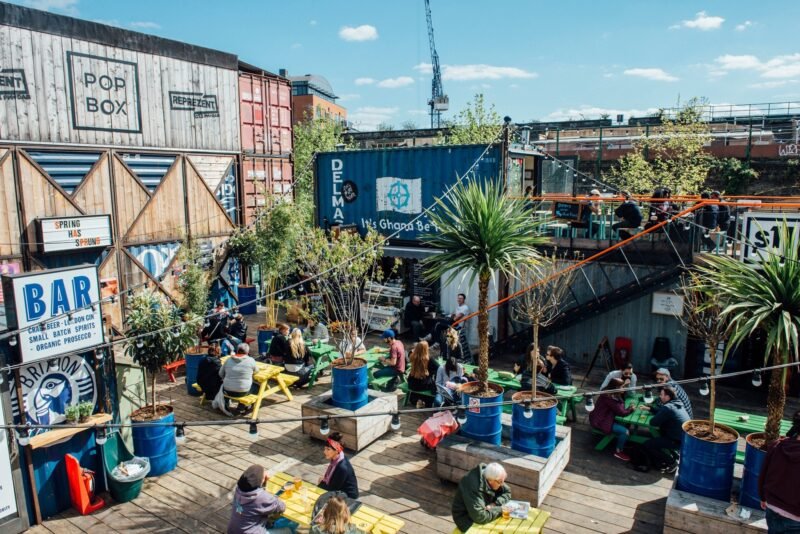The Grassroots Mapping Community

Since BP’s oil incontinence in the Mexican Gulf the company tries to avoid brand damage by controlling media and by censoring maps and pictures. Photographers are told what can be taken pictures of and, more important, what not. Real maps of the environmental impact of the situation are banned. As a part of Grassroots Mapping Community, mapping specialists Stewart Long and Oliver Yeh have set up the Gulf Oil Mapping Project in order to get a real picture of the oil damage.


Grassroots Mapping is a series of participatory mapping projects involving communities in cartographic dispute, started by Jeffrey Warren of the MIT Media Lab’s Center for Future Civic Media. Over the last few months they built a global community of mappers who are engaged in civic issues and can contribute with low-cost mapping tools like balloons, kites and remotely controlled airplanes. The results are great. The maps and arial pictures are stylish and all tell a story somehow. Some results uncover information that was kept secret for our eyes before while others shed a light on the world from a different perspective. The project is an open source community which has produced an instruction guide for others to easily start with grassroots mapping.
“Seeking to invert the traditional power structure of cartography, the grassroots mappers used helium balloons and kites to loft their own ‘community satellites’ made with inexpensive digital cameras. The resulting images, which are owned by the residents, are geo-referenced and stitched into maps which are 100x higher resolution that those offered by Google, at extremely low cost. In some cases these maps may be used to support residents’ claims to land title. By creating open-source tools to include everyday people in exploring and defining their own geography, we hopes to enable a diverse set of alternative agendas and practices, and to emphasize the fundamentally narrative and subjective aspects of mapping over its use as a medium of control.”




